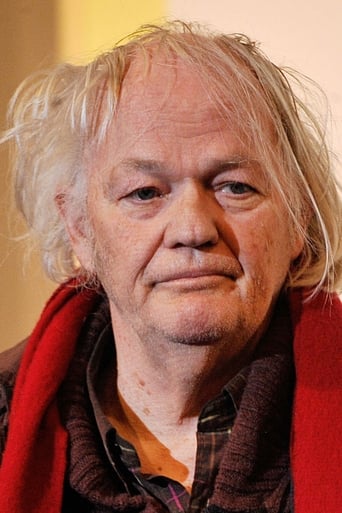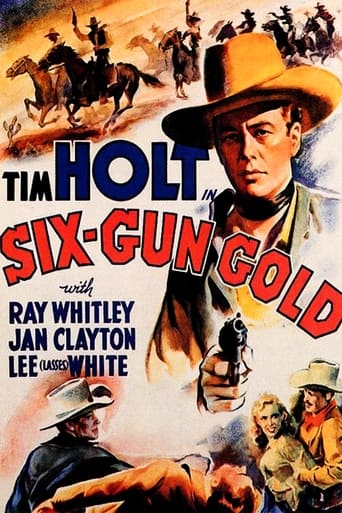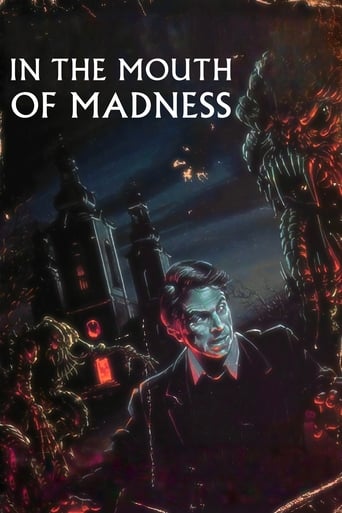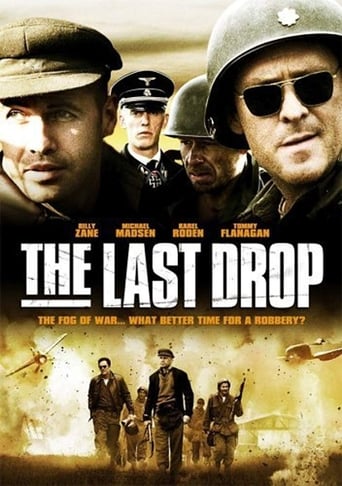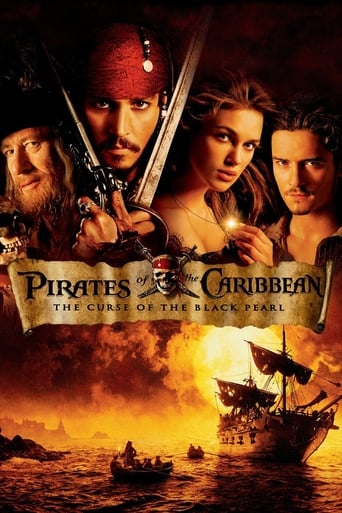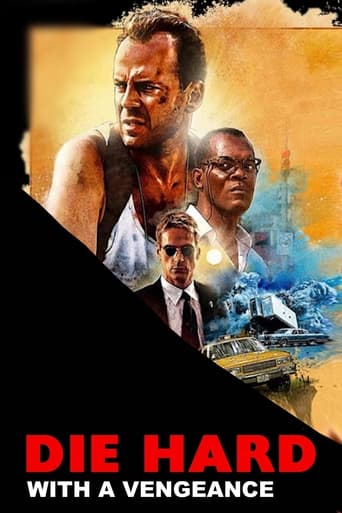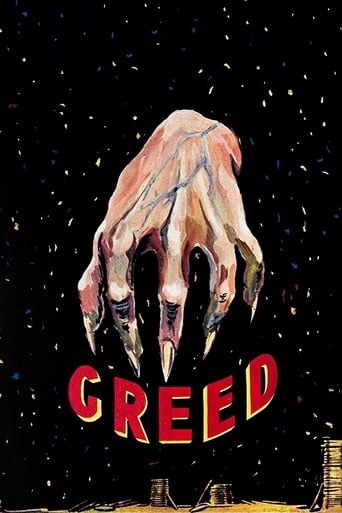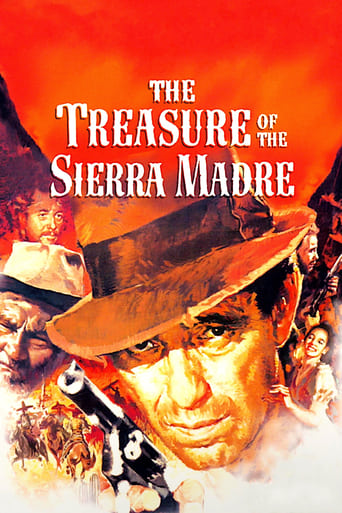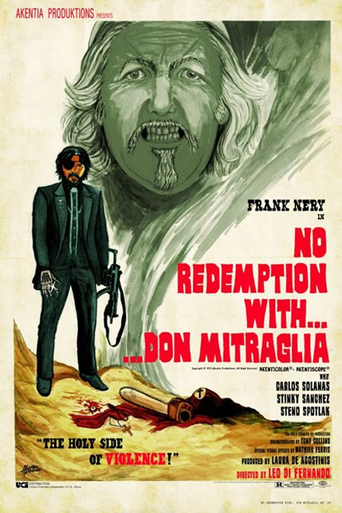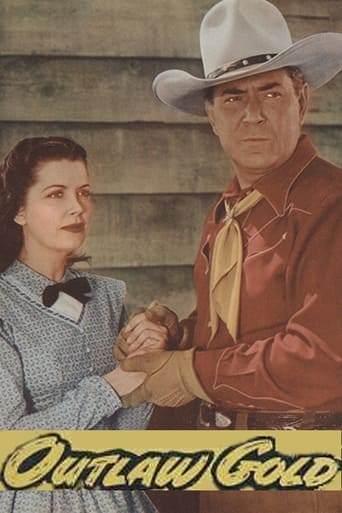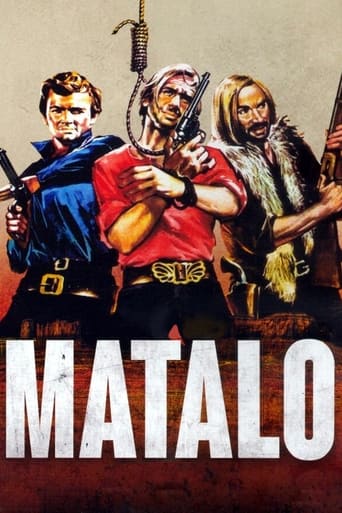
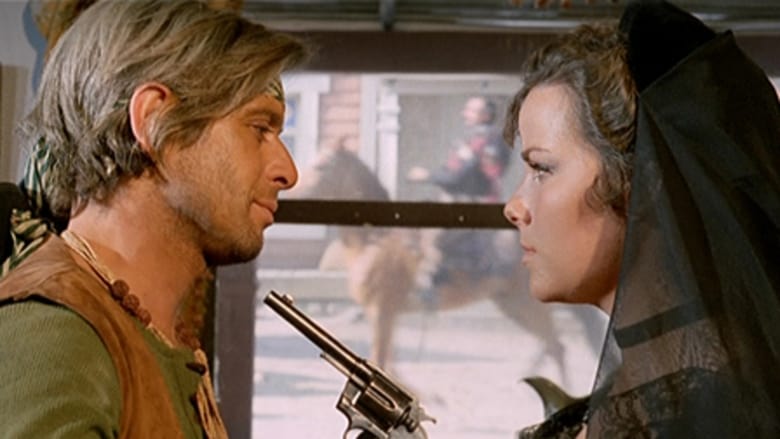
Mátalo! (1970)
A gang of cattle thieves rescue a criminal from the gallows, and later rob a stagecoach loaded with gold. When they get the loot, he is betrayed and left dying in the middle of the desert. In the escape they reach a mysterious ghost town, where they perceive there is something strange about ...
Watch Trailer
Cast
Similar titles
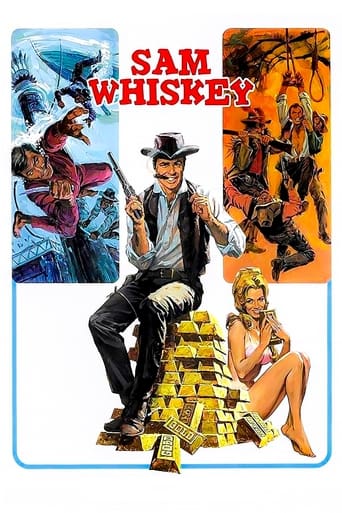
Reviews
Beautiful, moving film.
Am i the only one who thinks........Average?
All of these films share one commonality, that being a kind of emotional center that humanizes a cast of monsters.
Actress is magnificent and exudes a hypnotic screen presence in this affecting drama.
Outlandish as well as violent Chorizo/Pasta Western that packs emotion , crossfire , rare events , twists , action-filled with fierce fights , twists and turns with exciting final . For money, for pleasure, for revenge, he doesn't care why he kills or how . A band formed by Phil (Luis Dávila) , Ted (Antonio Salines), and Mary (Claudia Gravy) rescues an outlaw called Bart (Corrado Pani) from the gallows to join them and carry out robbing and crimes . Later on , they execute a stagecoach assault with a stash full of gold . When they get the loot , doublé-cross him and leave him dying in the middle of the sunny desert . Shortly after , the bunch arrives in a scrawny village called Benson town , where they perceive that there is something weird about . Soon after , the band finds out that there only lives a suspicious old woman called Constance Benson (Ana María Noé) , the authentic owner of the mysterious ghost town where dangers lurk and strange shadows show up . But then , there appears a mysterious drifter who wields boomerangs , Ray (Lou Castel) , and things go wrong .Italian/Spanish production full of noisy action , excessive characters , shootouts and lots of violence . Director Cesare Canevari achieved in "Matalo¡" or "Kill Him!" possibly his best work of a modest career , with some memorable scenes and shaky camera movement as the initial prologue and during the successive confrontations . Surreal Spaghetti mayhem at its finest , this meaty Western contains an interesting but twisted plot , violence , shoot'em up and results to be quite entertaining , though drags at times , balancing in ups and downs . It turns out to be a strange spaghetti Western , as you can bone up on the bloodier side of that genre ; including bloody , grisly killings in cold blood , nightmares , rape attempt and many other things . It relies heavily on a complex narrative , modern narration full of flashbacks , stop-frames , zooms , and an uneven screenplay . A good example of Latino western genre from Italy and Spain ; it is a daring , surreal and notoriously exciting Spaghetti , so extreme in every way , it is one of the handful of great Italian/Spain Westerns that characterize for its peculiarity , rareness and offbeat events , such as : "Django Kill... If You Live, Shoot!" (67) by Giulio Questi or "And God Said to Cain" (70) by Antonio Margheritti or "Cut-Throats Nine" (72) by Joaquin Romero Marchernt , most of them including eerie and terrifying elements . The motion picture was written and produced by Eduardo Manzanos Brochero who was the real creator of this complex Western , he started producing ¨Il Coyote¨ and ¨The Jiusticia De Coyote¨ by Joaquin Romero Marchent with Abel Salazar and Gloria Marin . After that , he produced with his company Copercines ¨Vengeance of Zorro¨ and ¨L'Ombra Di Zorro¨ (1962) by Joaquin Romero Marchent with Frank Latimore . Eduardo Manzanos built a Western town in Hoyo De Manzanares (Madrid) with sets by Cubero and Jose Luis Galicia , today sadly disappeared , called ¨Golden City¨ where filmed several Western as ¨Welcome Padre Murray¨ , ¨Brandy¨ , various Zorros and this one . He produced various films for Marchent brothers as Joaquin Romero Marchent : ¨Cabalgando Hacia Muerte¨ , ¨Three good men¨; and Rafael Marchent : ¨Quien Grita vengeance¨, ¨Two crosses in Danger Pass¨ ; and for Italian directors as ¨Sabor Odio¨ by Umberto Lenzi¨ . In 1962 , Eduardo Manzanos created -near Hoyo de Manzanares (Madrid)- the first Western scenario of the notorious Spaghetti/Paella sub-genre . This original initiative corresponded to this prestigious writer /producer/director Eduardo Brochero who saw the potential of European Westerns and commissioned to the production designers Jaime Pérez Cubero and José Luis Galicia (Construcine) the task of raising the set , as in 1962 the first ¨Paella¨ set in Spain was built . Then , the first filming there was made : ¨The terrible sheriff (62) by Antonio Momplet and Alberto De Martino . A year later , there came Sergio Leone to shoot the iconic ¨A fistful of Dollars¨ with which the boom of Spaghetti/Chorizo Western was burst . More than 50 Spaghetti Westerns were filmed here from 1962 to 73 . Since early 70s the shooting began to be less frequent due to the progressive decline of the genre and the producers preferred to shoot in Almeria . With the decline in the number of shootings , revenue also fell and the sets started slowly to deteriorate as it can be seen , for example , in this Western ¨Matalo¡¨ and ¨Fast Hand¨ (73) by Mario Bianchi . As a result Manzanos decided in 1975 not to renew the contract , leaving a large debts . The remains of the set remained a few years , until the mid-80s or so to disappear later . The picture was strangely directed by Cesare Canevari , including good camera movement ; as he creates an offbeat Western that manages to be both scary , tragic and skilfully made , he even attempted to combine western elements with horror elements . Furthermore , adding a peculiar electric guitar music score in Jimmy Hendrix style , and evocative cinematography by Julio Ortas . Cesare directed a few films of all kinds of genres as Giallo : ¨Delitto Carnale¨ 1969 , ¨Una Iena in Cassaforte¨ 1968 ; Erotic : ¨The naked princess¨ 1976 , ¨Io, Emmanuelle¨ 1969 ; Porno Nazi : "The Gestapo's Last Orgy" and Western : "Die for a Dollar in Tucson" (1964) and this ¨Matalo¡¨ .
Maybe Cesare Canevari fancied himself a radical, maybe he didn't care at all about doing a western in the first place, maybe he didn't really care a whole lot about making movies to begin with. Because Matalo is as much a western as something like Sukiyaki Western Django. People wear stetson hats and fire sixshooters at each other, they ride horses and there's a ghost town, but the rest is a blurred Gothic fantasy filmed in awkward closeups and frantic camera movements. It's artsy and aesthetically minded in the same way Jess Franco was artsy, that is to say the intention is there and sometimes the translation makes sense, but the cruddy execution is 70's European exploitation. The curtains are colored fiery red and the lightning of the overfurnished interiors is dark and expressive like it came from a horror movie or a spooky western by Antonio Margheriti.The plot about a gang of psychopathic robbers seeking refuge in a dusty ghost town to count their dough while they wait for their boss to arrive so they can make the split, all this while the desert keeps spitting out parched half-dead stragglers at them, is bare bones. It doesn't make a lick of sense and I bet Canevari intented it that way; I can see someone trying to make a case about Matalo and existentialism, but I won't go there. The movie is more concerned with its own exaggerated theatrical shenanigans. It even has Lou Castel duke it out with the robbers using boomerangs. It has a halfmad bearded robber go wip the blue velvet bedsheets with a golden chain in slow motion, he then whips Lou Castel in slow motion out in the street, then a horse comes along and stomps him half to death, in regular motion this time (I'm kidding, it's slow motion again).If you can imagine the inmates of an insane asylum turned loose on such a void script with a camera and filming equipment, someone has randomly worn the director's hat and points at various objects to be filmed, and a dozen of the other drooling imbeciles keep spinning the camera around, while others dressed in cowboy attire fire guns around them aimlessly and grimace into the camera; then you can imagine the way in which Matalo is special, even among spaghetti westerns. Now and then a half-competent band doles out fuzzy acid rock in the soundtrack. The use of slow motion is not rousing and lyrical like in Keoma, the baroque sensibilities are not as pronounced as those of Django Kill, the kitschen-sink craziness lacks El Topo's singularity of vision. It's mostly wired in a way to elicit "far out, man!" reactions from the psychotronic crowd; but they can always watch.. I dunno, Vampiros Lesbos?
If you get the American DVD of this movie, you'll see on the back of the box that the manufacturer states that MATALO! is "...perhaps the strangest spaghetti western ever made and an exercise in style over content." To put it mildly! This movie seems to have been directed by an insane mind. There were a few things I liked about it. There are some striking images (the sun shining in the camera, a priest being surrounded by a ring of riders, etc.), and the electronic score by Mario Migliardi is very memorable with its electronic tones (including electric guitars) and traditional spaghetti western tones such as bells. The boomerang climax is also memorable.Unfortunately, despite a few good elements like these, I didn't overall care for this movie - and I usually like spaghetti westerns. The movie is very slow-moving, and the characters mostly act alike (and are also mostly confusing in their plans and schemes). Frankly, I was exhausted by the end by the movie's relying on flashy camera movements to cover up that nothing much was happening. Even if you are a spaghetti western lover like I am, you would be better off rewatching one of your favorite spaghetti westerns than take a look at this.
i LIKE MOVIES THAT MAKE ME STRANGE SENSATION!According to Mereghetti's dictionary of movies, this western is "as a Leone at last in mescalina" and with some moments that reminds Monte Hellman's movies for the use of the empty moments. This movie seems to me an august nightmare, with the hot, the desolation and the wonderful state of madness that characterized the end of the summer. Also notable is the score of Mario Mingardi, a mix of Jimi Hendrix and Luciano Berio, with electronics that supplies dialogues. I think that in western there is nothing like the duel of Matalo, a pistol against boomerangs! Recommended for all who like strange movies in the heart of the night with a little drop of alcohol or something else!

